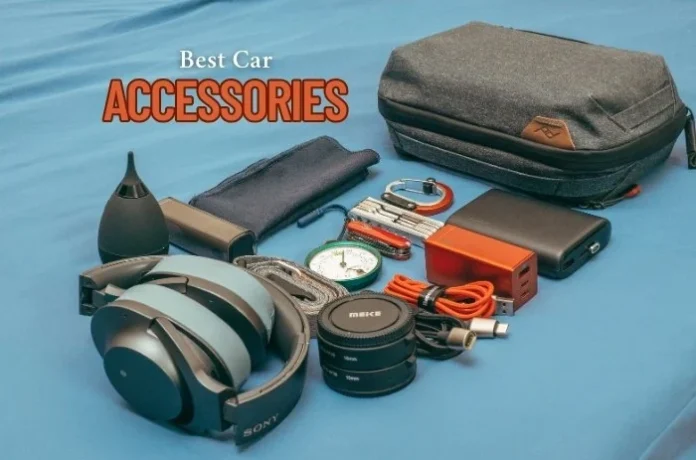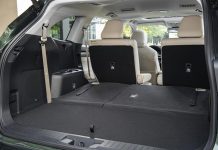The best car accessories will increase the value of your vehicle while providing more benefits than you can count on your finger. Here is why you shouldn’t consider purchasing auto accessories a waste of money. These gadgets provide a pleasing aesthetic look. It will uplift the car’s appearance and improve your driving.
These accessories are incredibly reliable in uncertain times with equipment such as a first aid kit and navigation tools. Auto accessories also keep your car clean. The gismos such as floor mats and seat covers will maintain the original structure of the car’s interior. More on them later!
17 Coolest Car Gadgets and Gismos to Upgrade your Driving Experience
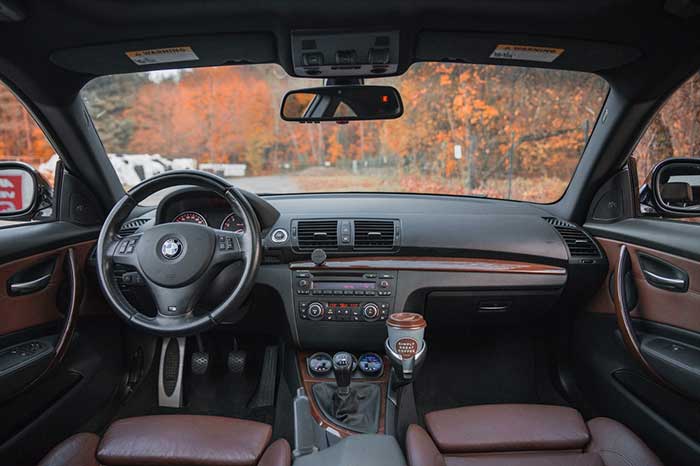
1USB Car Charger
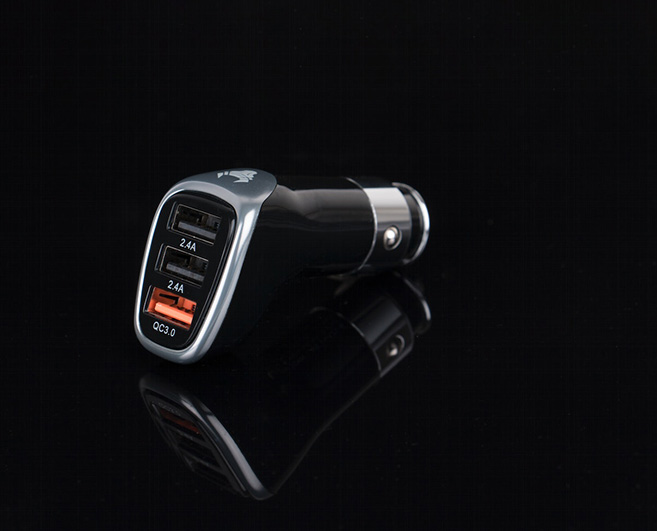
Did you forget to leave your phone on charge while sleeping? Now you are off to work with your phone almost dead. We suggest purchasing a USB car charger to juice up your phone.
- The item is only available in black color.
- This classic car accessory will cost you $13.
- The USB charger indicates the charging status with an LED indicator.
- The circuitry is reliable and efficiently communicates with devices to provide fast charging.
- The USB charger works with 4 volts with a 20 watts capacity.
| Pros | Cons |
| Charges your phone fast when it’s low, great for trips. | Costs $13, which is a lot for a charger, and only comes in black. |
2Blue-Tooth Adapter
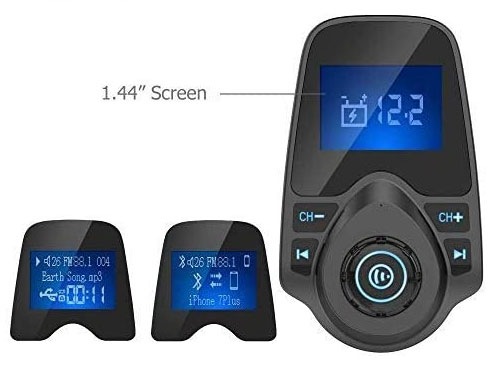
Eyes on the road are a primary rule while driving. Therefore, purchase a Bluetooth car adopter for remote communication.
- This car travel accessory is easy to read with a 1.44-inch LCD screen.
- Attend, reject, and defer calls with a simple click.
- It makes driving a lot safer due to Bluetooth connectivity.
- The radio is compatible with most Apple and Android phones.
- Purchase the Bluetooth adopter from the Nulaxy store or Amazon for $18.99.
- The Bluetooth car adopter does not compromise on audio output on calls or music.
| Pros | Cons |
| Makes driving safer with hands-free calls and music, sounds good too. | Priced at $18.99, a bit high, and setup might be hard for some. |
3Phone Holder
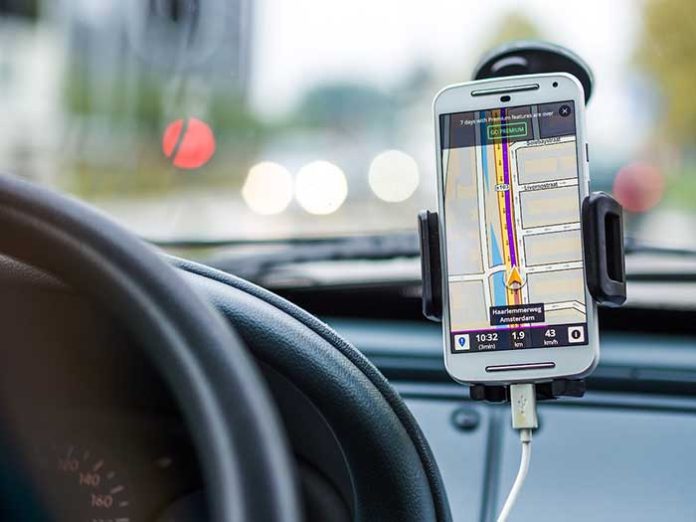
Use the magnetic phone holder to easily arrive at your destination without switching eyes from screen to road. You can easily position and angle the phone with its features:
- The product costs $20.49. However, shipping rates apply independently.
- Purchase this best road trip car accessory from the TALK WORKS store or Amazon.
- The magnetic force will keep the phone stable without shaking or bending.
- Furthermore, the gear attaches securely to the car frame without requiring you to lean forward to read the phone.
- The car holder offers an easy detach and attach mechanism while you learn to drive.
| Pros | Cons |
| Holds your phone steady for maps, easy to put on or take off. | $20.49 plus shipping adds up, could block your view if placed wrong. |
4All-Season Floor Mats
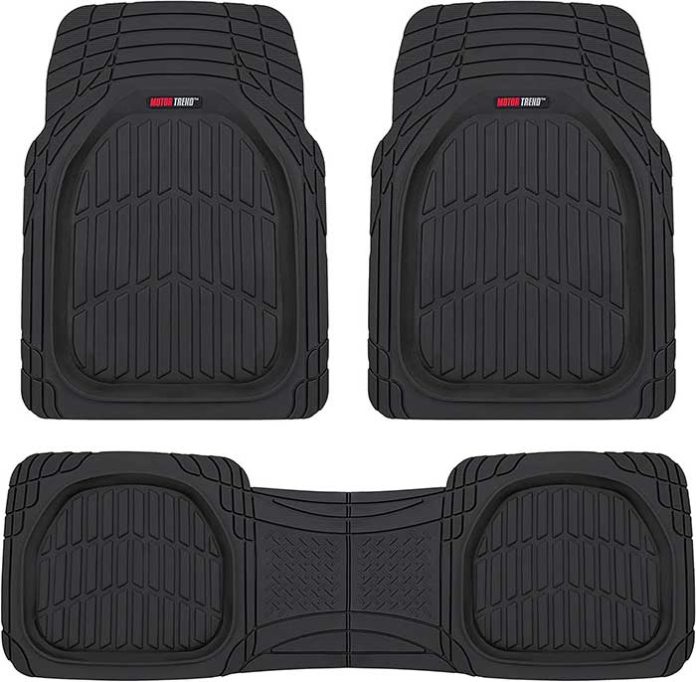
Protect your car with the best car wash accessory through mud, snow, and rain. These car floor mats are tested against extreme weather conditions to provide the following benefits.
- The floor mats cost $50. However, purchase them today on Amazon for $38.99.
- The floor mats are available in a siege, black, and grey color.
- The floor mats accommodate a family car, Van, Truck, and SUV.
- The floor mats are very simple to install too. Simply trim them to the size of your vehicle to catch dirt and liquid spills.
| Pros | Cons |
| Keeps your car clean from dirt or snow, simple to fit anywhere. | Normally $50 but on sale for $38.99, still pricey, might slip sometimes. |
5Car Vacuum
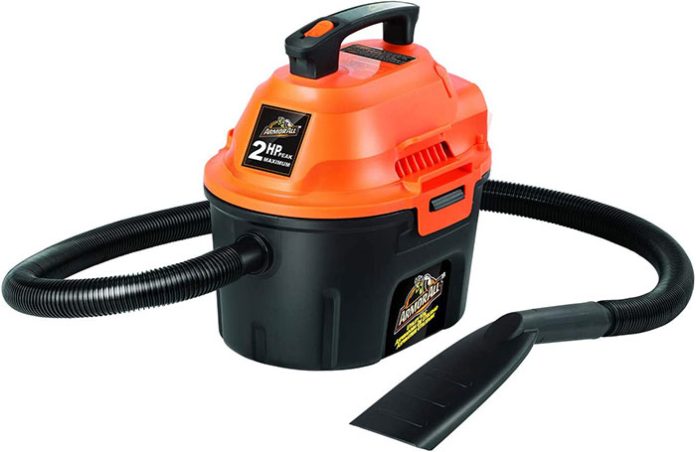
The next road trip car accessory involves eliminating dirt through a car vacuum. The appliance works wonderfully in cleaning the car after a trip with the kids.
- The car vacuum is available in only orange color
- Purchase the appliance on Amazon for $49.99.
- The appliance features a 10 feet long cord to help you clean the inaccessible curves.
- It is a special auto-off feature to maintain the quality of car seats.
- The final packaging includes accessories for robust cleaning.
| Pros | Cons |
| Cleans tough spots well, has a safety shut-off for seats. | $49.99 feels expensive, only comes in orange, which some won’t like. |
6Best Air Freshener Car Accessories
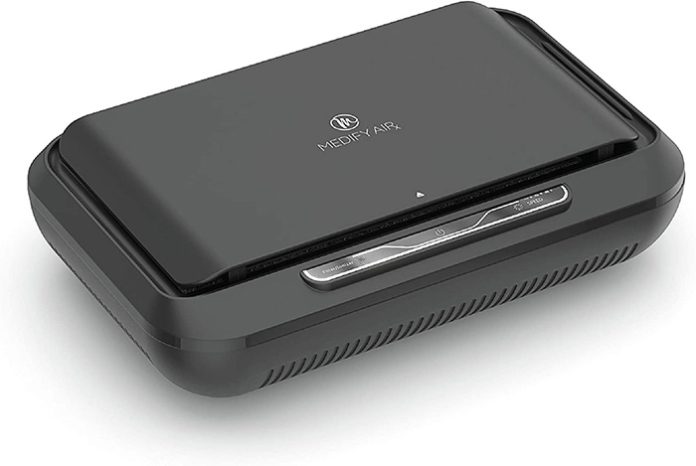
Do you wish to get rid of the signature car smell with something welcoming? We present a car air purifier with the following features:
- The car travel accessory will purify hair for a car that seats seven people.
- The air purifier ensures 99.9% particle removal with its innovative H13 Filters.
- The air purifier offers touch control while you drive safely.
- The car accessory for air quality weighs 2 pounds with its compact design.
- Purchase the Modify car air purifier on Amazon for $98.99.
- The car accessory is only available in black color.
| Pros | Cons |
| Cleans air for seven people, easy to use while driving. | Costs $98.99, a big price, available only in black and extra filter costs. |
7Best Car Organization Accessories
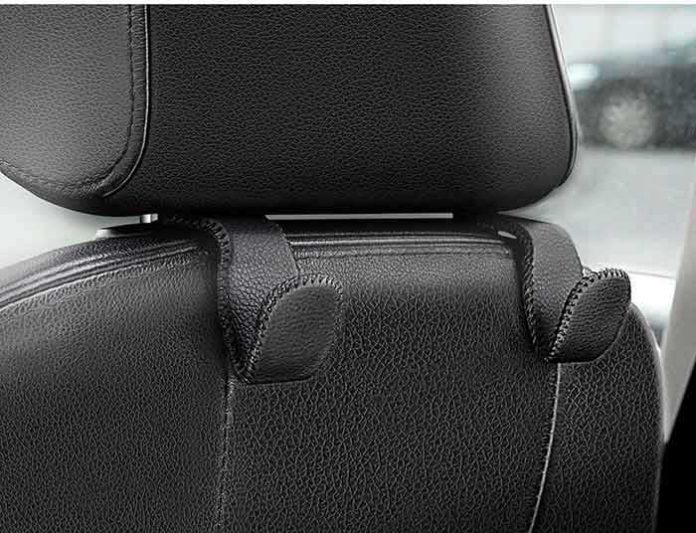
The car hooks are the best car organization accessory for hanging water bottles and masks. You can completely customize them too.
- This best car organizing accessory comes in six colors; red, black, brown, grey, beige, and red and black.
- The car hooks are portable.
- The car hook will prevent backpacks and small items from rolling around in the car.
- Purchase the AMVOYOA car hooks at Amazon for $11.74.
- Simply place the car hooks against the backrest and use them as a hanger.
| Pros | Cons |
| Keeps small stuff like bottles neat, super easy to add. | $11.74 seems high for hooks, can’t hold heavy things. |
8Best Car Accessory For Infants

We shall never compromise on a child’s safety while in the car. Therefore, we propose the Graco Affix Toddler car seat.
- The car seat for toddlers comes in Grapeseed and Atomic colors.
- The toddler seat can withstand 20 to 40 lbs. while securely latching onto the car seat.
- The toddler car seat buckles independently for added security in your mom car.
- Purchase the seat from Amazon for $62.99.
| Pros | Cons |
| Keeps kids safe and secure, locks in tight. | $62.99 is costly, only has two color choices. |
9Best Car Accessory For Comfortable Seating
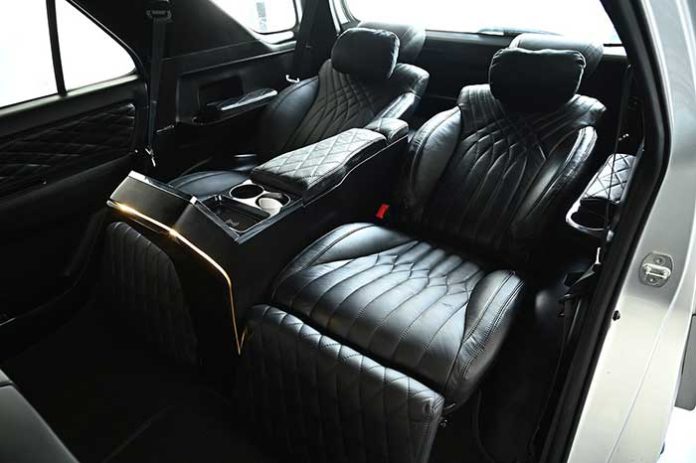
Kingphenix heated cushion seat is designed for white-collar workers and long-term drivers with the following benefits.
- The heat car seat cushion comes in black color on Amazon for $29.95.
- The item weighs 0.88 pounds since it is made of memory foam.
- The breathable fabric prevents the passenger from slipping.
- It is comfortable and does not crease, dust, or scratch.
- The heated seat cushion is very easy to install and accommodates all seat types
| Pros | Cons |
| Feels comfy on long rides, stays in place on any seat. | $29.95 is a lot for a cushion, only comes in black. |
10Windshield Protector
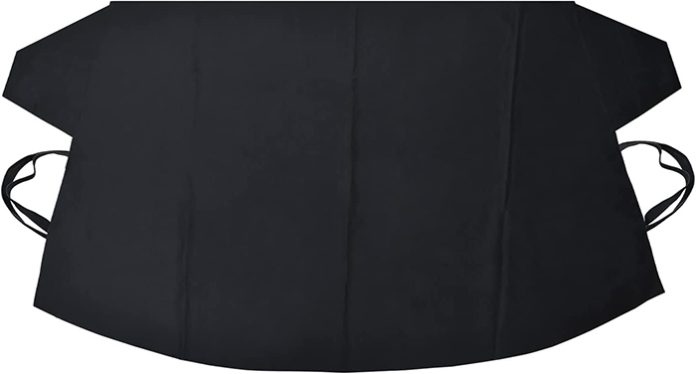
Save yourself time on a busy morning when you can’t afford to be late for work. Instantly remove the EcoNour Car Windshield cover, dust off the snow, and drive with a clear windshield.
- The best car anti-snow car accessory is made from polyvinyl material.
- The standard size windshield protector costs $29.99.
- The insulated bottom layer and the flaps will prevent the show from coming in direct contact with the car.
- The 69-inch x 42-inch dimensions make it the perfect fit for all car brands.
| Pros | Cons |
| Stops snow and ice fast, fits most cars well. | $29.99 is pricey for winter use, could get stolen outside. |
11Best Car Accessory For Pets

Does your best friend shed hair uncontrollably? We propose placing a seat cover to catch pet shedding.
- Purchase the URPOWER car accessory for dogs from Amazon for $16.99.
- The black seat covers are manufactured from polyester.
- The car covers do not slide or buckle up due to their non-slip backing.
- Wash the covers in the washer on a gentle cycle or wipe it with a damp cloth.
| Pros | Cons |
| Traps pet hair, cheap at $16.99 and easy to clean. | Only black, might not fit every seat right. |
12A Hanger Bar in Your Car?
Create a completely custom interior with an expandable hanger bar. It is an innovative car organizing idea while you driving on longer routes.
- The High Road Store hanger bar is available on Amazon for $26.49.
- It will fit universally in all cars, whether you are a professional or a college student.
- The hanger bar is manufactured with rust-resistant and coated steel to provide long-term use.
| Pros | Cons |
| Holds clothes or gear on trips, works in all cars. | Takes up space, might wobble in some cars. |
13Emergency Kit – Best Health Car Accessories
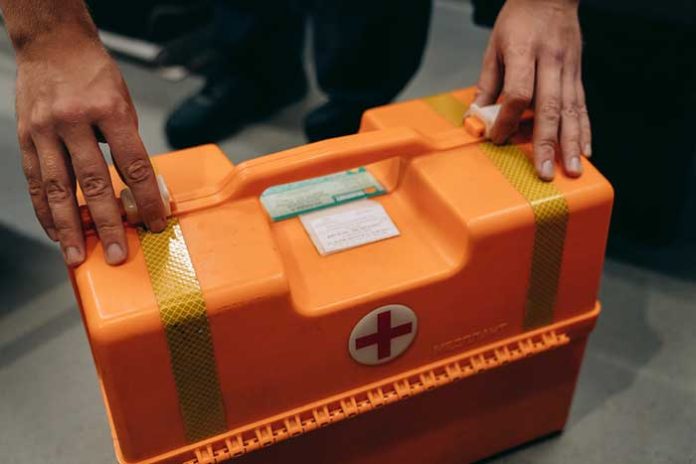
It’s always good to be prepared for emergencies. An emergency kit will provide peace of mind rather than panicking stranded in a remote location.
- The Performance Tool Store emergency kit costs $39.01 on Amazon.
- The kit includes a first aid kit, ice scraper, two ropes, and other helpful tools.
- The kit comes in a small bag for easy storage in the car.
| Pros | Cons |
| Helps in emergencies, fits in a small bag. | $39.01 for rare use, missing some big tools. |
14Digital Tire Inflator
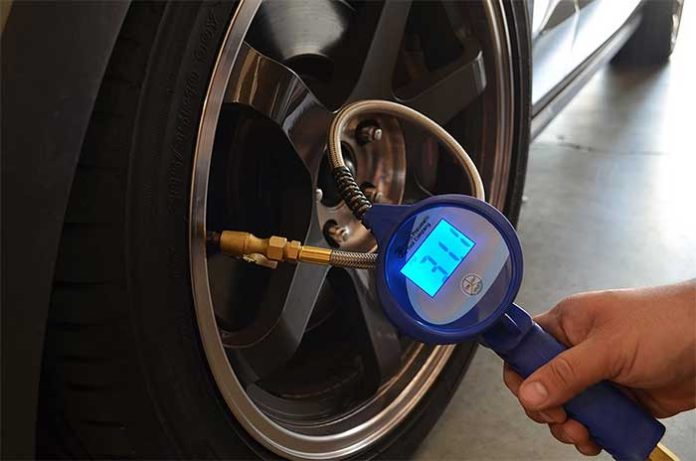
You can’t call your friend each time you experience a flat tire. Therefore, keep a digital tire inflator in your car for independent driving.
- Purchase the Astro Pneumatic Tool from Amazon at $76.85.
- The tool displays measurement in PSI, BAR, and KGs units.
- The LCD backlight makes it easy to read the tool.
- The sleeve is covered in rubber to provide long-term use.
| Pros | Cons |
| Fixes tires on your own, lasts a long time. | $76.85 is expensive, needs a power match. |
15Dashcam
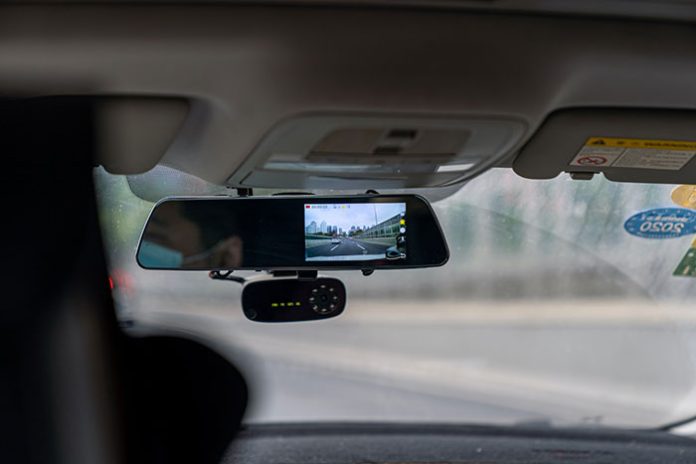
We won’t say this is a classic car accessory. However, it is an excellent addition to cars if you run a cab or transportation business.
- The car security accessory will capture the video in 2160p.
- It is compatible with a car, truck, or SUV.
- Purchase the Kingslim Dashcam from Amazon for $76.49.
- It is available in only black color.
- The dash am will save and record route movements and diving speed.
| Pros | Cons |
| Records clear video, good for any vehicle. | $76.49 and only black, setup can be tricky. |
16Car Mattress
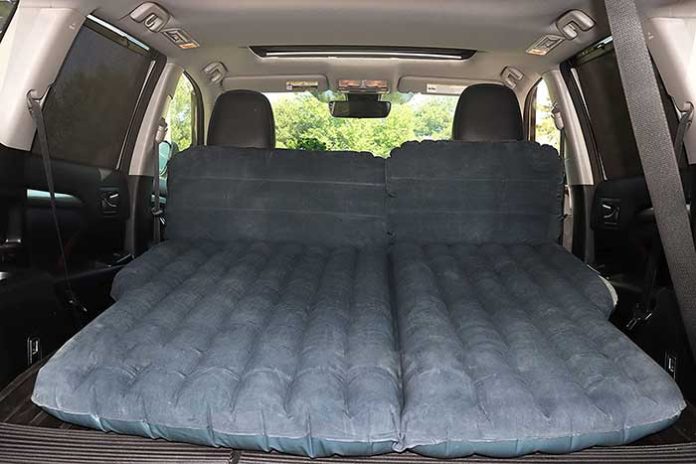
Sleeping in the car is not a myth anymore. Imitate your bedroom inside your car with a car mattress. Its feature includes:
- The OLIVIA & AIDEN car mattress from Amazon for $18.95.
- It is available in gray and navy colors for cars and SUVs.
- It is a comfortable car accessory for long trips, hiking, and festivals.
- The car mattress comes with an electric pump, resulting in a fully-inflated bed in minutes.
| Pros | Cons |
| Comfy for camping, cheap at $18.95 with two colors. | Takes up room, doesn’t fit all cars. |
Read Also: Hiking America Everything You’ll Need to Take a Hiking Road Trip
17OBD-II Scanner with Fuel Economy Tracking

It does not matter if you do not have an best mileage SUV. The OBDLink MX+ OBD2 Bluetooth Scanner is your ticket to better gas mileage. This slick tool hooks up to your car’s system via Bluetooth, turning your phone or laptop into a fuel-saving powerhouse. It tracks real-time MPG—both instant and average—so you can see how your driving style burns gas. Spot engine issues like bad sensors that waste fuel by reading trouble codes, then fix them fast. With live data on stuff like air-fuel mix and throttle, you can tweak your habits to sip less gas. Easy to use and packed with free apps, it’s a must-have for mileage buffs!
| Pros | Cons |
| Tracks gas use, works with fun phone apps. | Over $100, needs some tech skills to use. |
Where is the Best Place to Buy Car Accessories?
After reading the article, you must be wondering which the best place to buy modern car accessories is. You can order at Amazon, Advance Auto Parts, Pep Boys, or any of the reliable stores mentioned on the list. The best car accessories will enhance your driving experience so do not take them for granted.


